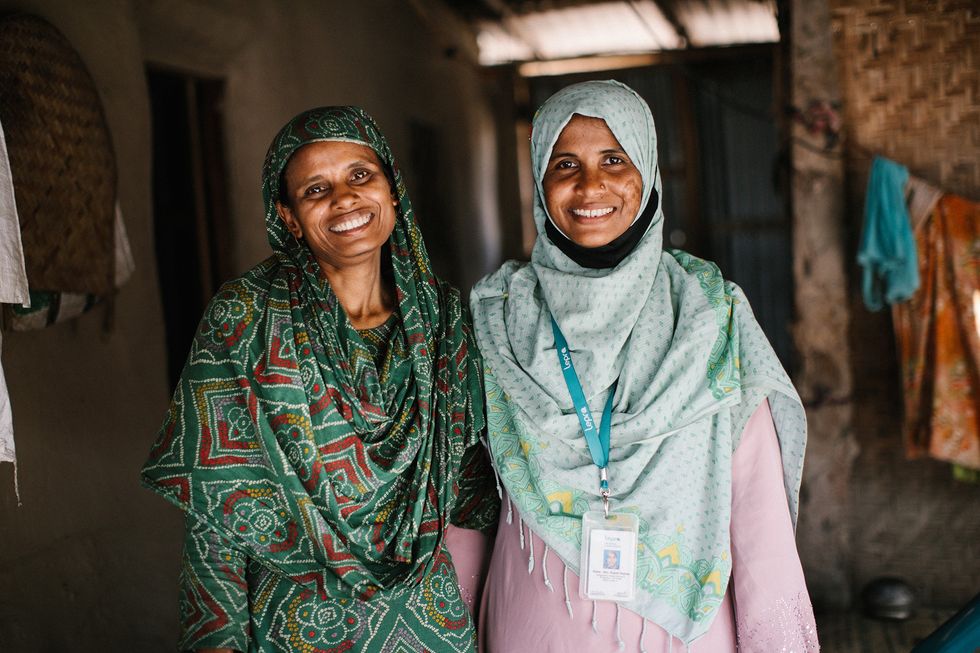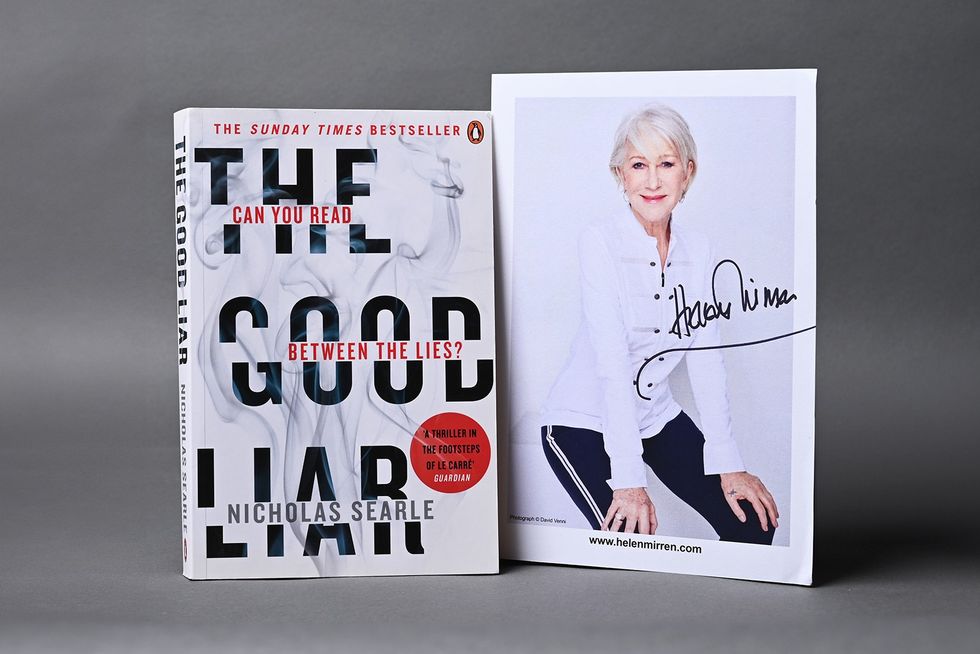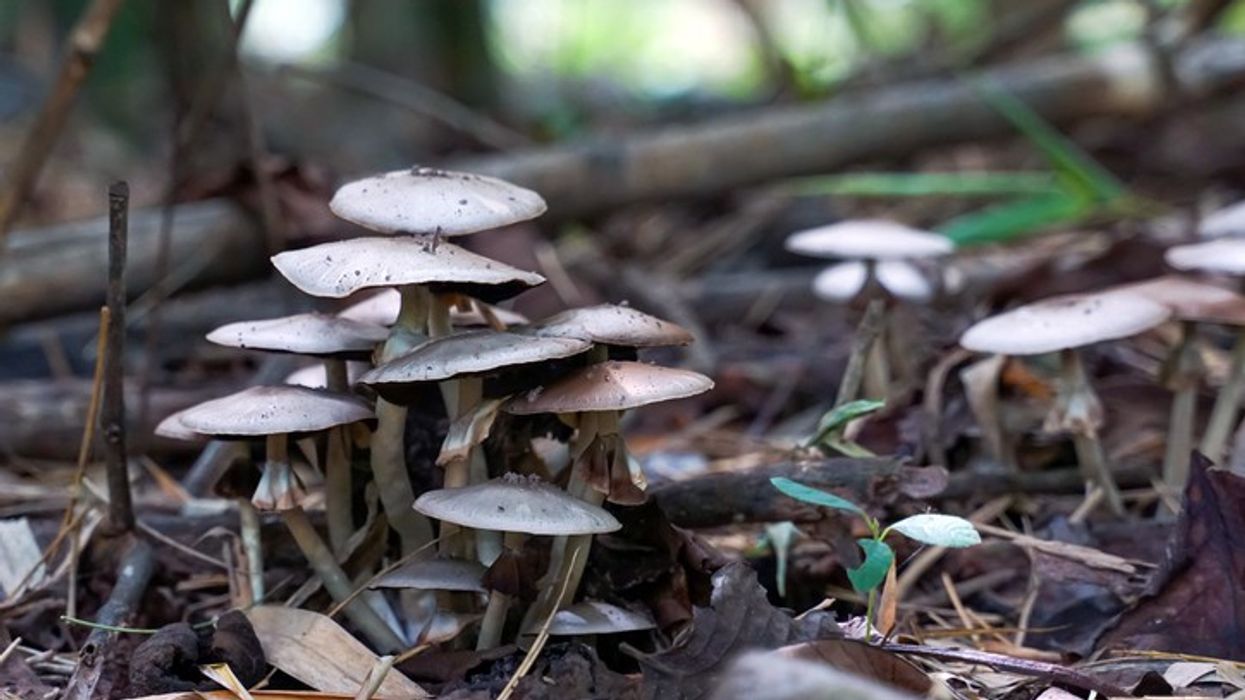In a world-first study conducted by the Murdoch Children’s Research Institute, it has been revealed that having a food allergy during infancy is linked to asthma and impaired lung function in later childhood.
The research, published in the Lancet Child & Adolescent Health and spearheaded by Murdoch Children's Associate Professor Rachel Peters, demonstrated that early-life food allergies were associated with an elevated risk of developing asthma and experiencing reduced lung growth by the age of six.
This groundbreaking Melbourne-based study involved 5276 infants from the HealthNuts study, who underwent comprehensive testing, including skin prick tests for common food allergens like peanut and egg, as well as oral food challenges to confirm food allergies.
Subsequent follow-ups at six years of age involved additional food allergy and lung function tests for the children.
The study, conducted over six years, revealed that 13.7 per cent of children reported being diagnosed with asthma by the age of six.
The findings showed that infants with a food allergy had a nearly fourfold increased risk of developing asthma at the age of six, compared to children without a food allergy.
The impact of food allergies on asthma risk was most significant in children whose food allergy persisted to age six, as opposed to those who had outgrown their allergy.
Additionally, children with a food allergy were more likely to experience reduced lung function.
Associate Professor Peters highlighted that food allergy during infancy, regardless of whether it resolved or not, was associated with poorer respiratory outcomes in children.
“This association is concerning given reduced lung growth in childhood is associated with health problems in adulthood including respiratory and heart conditions,” she said.
“Lung development is related to a child’s height and weight and children with a food allergy can be shorter and lighter compared to their peers without an allergy. This could explain the link between food allergy and lung function. There are also similar immune responses involved in the development of both food allergy and asthma."
“The growth of infants with food allergy should be monitored. We encourage children who are avoiding foods because of their allergy to be under the care of a dietician so that nutrition can be catered for to ensure healthy growth.”
Food allergy affects 10 per cent of babies and 5 per cent of children and adolescents.
Suba Slater's son, Zane, 15, developed eczema on his back as a newborn. As Suba was breastfeeding at that time, she thought her diet was to blame for the rash.
This prompted them to seek medical tests, which confirmed that Zane had multiple food allergies, including eggs, sesame, and peanuts, along with asthma.
Before Zane's diagnosis, Suba was not well-informed about the link between food allergies and asthma.
However, being already vigilant due to their eldest child's allergies, they focused on managing Zane's food allergies.
The research highlighting the association between food allergy and asthma holds great importance for parents and medical professionals.
In retrospect, Suba believes that Zane likely had asthma long before they realised it, as they weren't aware of the connection at the time. If they had known about this link, they would have sought medical help much earlier.
Zane has participated in several food challenges at Murdoch Children's Hospital, which have helped him tolerate certain allergenic foods better, such as egg in baked goods and certain nuts.
But his asthma has complicated some of his participation in these challenges. Therefore, before undergoing a food challenge, he must take a spirometry test to ensure his lung function is at its best, as the allergenic food may trigger his asthma.
Unfortunately, there have been times when Zane had to miss appointments due to his weakened lung function.
Murdoch Children’s and University of Melbourne Professor Shyamali Dharmage said the findings would help clinicians tailor patient care and encourage greater vigilance around monitoring respiratory health.
Children with a food allergy should be managed by a clinical immunology or allergy specialist for ongoing management and education.
Professor Dharmage said clinicians and parents should also be vigilant for asthma symptoms in children with food allergy because poorly controlled asthma was a risk factor for severe food-induced allergic reactions and anaphylaxis, which is a potentially fatal allergic reaction.
(With inputs from ANI)






 Diljit Dosanjh and Prabal Gurung attend the 2025 Met GalaGetty Images
Diljit Dosanjh and Prabal Gurung attend the 2025 Met GalaGetty Images 










 Firoza and RupaliTom Bradley
Firoza and RupaliTom Bradley



 Halle Berry stuns in a sheer black gown that divided the internetGetty Images
Halle Berry stuns in a sheer black gown that divided the internetGetty Images  Lisa’s bodysuit drew backlash after fans spotted a controversial detailGetty Images
Lisa’s bodysuit drew backlash after fans spotted a controversial detailGetty Images  Kim Kardashian hides behind a chrome mask in her futuristic Balenciaga look Getty Images
Kim Kardashian hides behind a chrome mask in her futuristic Balenciaga look Getty Images Amelia Gray goes bold with a no pants red Valentino ensembleGetty Images
Amelia Gray goes bold with a no pants red Valentino ensembleGetty Images André 3000 arrives with a baby grand piano on his back and a rubbish bagGetty Images
André 3000 arrives with a baby grand piano on his back and a rubbish bagGetty Images No pants plenty of opinions the bold red carpet trend that stole the spotlight and sparked debateGetty Images
No pants plenty of opinions the bold red carpet trend that stole the spotlight and sparked debateGetty Images